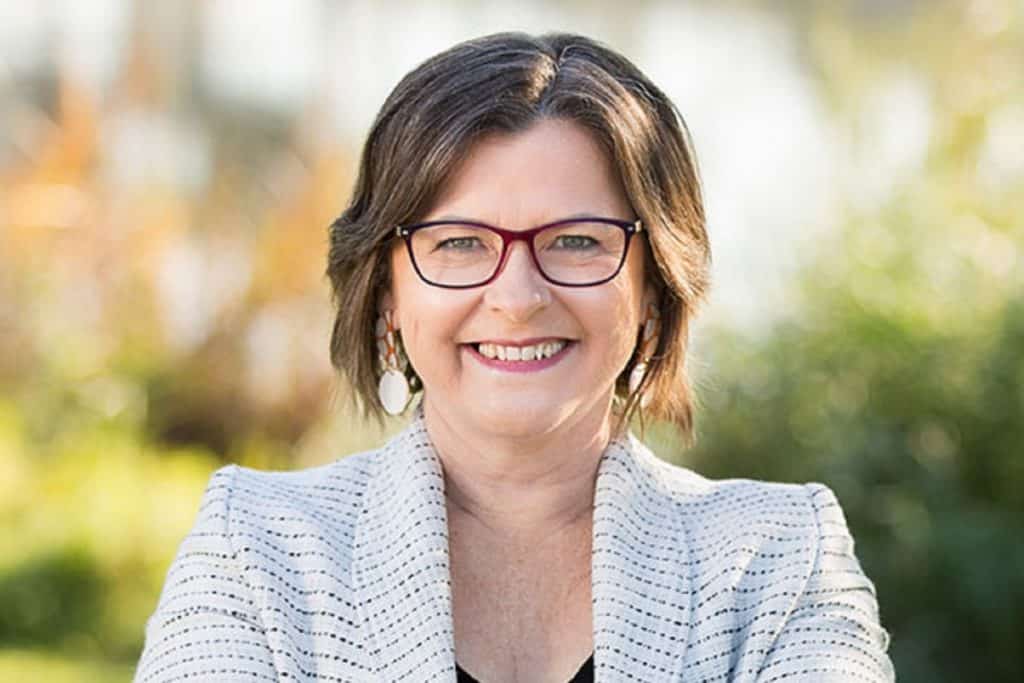Medical misogyny is all too prevalent in Australia’s healthcare system and the Albanese Labor Government is establishing a National Women’s Health Advisory Council to address the problem.
Announced late last year, the Council will be chaired by Assistant Minister for Health and Aged Care Ged Kearney.
“In Australia, no one should fall through the cracks when it comes to safe, high quality and affordable healthcare. It’s happening too often for women and we need to find effective ways to address the problem.”
In an effort to improve Australia’s health system for women and girls, the Council will provide strategic advice to the Government after looking at the healthcare offered in areas such as menstruation, reproductive healthcare, menopause, medical consent and pain management.
It’ll also look at medical research and health outcomes for women across a range of conditions like heart disease, autism and cancer care.
Making up the Council will be some of Australia’s most renowned women’s health experts as well as representatives from a mix of stakeholder organisations, consumer groups and medical and professional bodies. Voices of women with lived experience throughout these groups are also expected to be included.
Why do we need a National Women’s Health Advisory Council?
It’s no secret that women and girls face unique challenges when it comes to the healthcare they receive– often leading to poorer health outcomes than men and boys.
Kearney points to delayed diagnosis, overprescribing, dismissal of pain or other symptoms and says, “It is completely unacceptable that a young girl suffers ADHD symptoms without diagnosis for potentially years longer than a boy her age. Or a woman has her crippling pelvic pain repeatedly dismissed, only to find severe endometriosis.”
“Women and girls deserve tailored and targeted healthcare that recognises and reflects their experiences and concerns,” she says.
Girls get diagnosed for ADHD at just under half the rates of boys and yet, this number becomes much more equal by adulthood– showing clinicians are overlooking less overt (but still impairing) ADHD symptoms in females.
About one in nine Australian women have endometriosis but many don’t officially get diagnosed until their early thirties. It takes an average of eight years to be diagnosed with the common condition.
Women also experience nearly twice as much depression as men, four times as much anxiety and 12 times the rate of eating disorders, according to Women’s Health Victoria.
And in a recent study looking at Australian and New Zealand data, it was found that women are approximately 1.5 times more likely to die in ICU after heart surgery than men.
These are only a few of the alarming statistics out there as the list of disproportionate health challenges faced by women and girls is long.
How does the National Women’s Health Advisory Council plan to improve health outcomes?
The Council’s key role will be to guide how the Government delivers on the National Women’s Health Strategy 2020-2030. This strategy outlines Australia’s national approach to improving the health of women and girls– particularly those at greatest risk of poor health– and to reducing inequities between different groups.
Members of the Council will each serve an initial three-year term and will provide advice and recommendations directly to the Government, including annual reports on its progress.
During her announcement speech for the Council, Kearney said its work will “complement existing Commonwealth initiatives that aim to address sex differences in the health system.”
“Government is pursuing a wide-ranging policy agenda because to talk about women’s healthcare in Australia is to acknowledge the experience of a historically-marginalised majority, and an unjust suffering born of bias and exclusion.”


